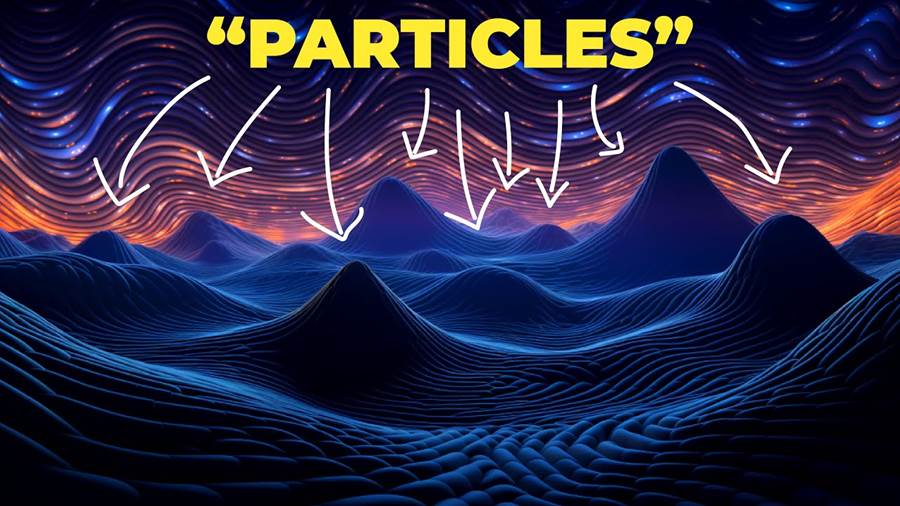
Space, the vast expanse that surrounds our planet, has long been a subject of fascination and intrigue. Yet, what exactly is space made of? Many people often assume that space is completely empty, devoid of any matter. However, this assumption is far from the truth.
When pondering the composition of space, it is essential to recognize that space is not a perfect vacuum. While it may be mostly empty, it still contains various forms of matter, albeit at a low density. These components include gas particles, dust, radiation, and even the occasional asteroid or comet.
Gas particles, known as interstellar gas, are scattered throughout space.

Dust particles are another part of space's makeup. These tiny fragments of matter may range in size from micrometers to millimeters and can consist of minerals, metals, or carbon-based materials. Dust particles commonly accumulate in nebulae, regions of space where stars are born, and play a pivotal role in the formation of new celestial bodies.
In addition to gas and dust, space is permeated with radiation. This radiation can be divided into two main categories: electromagnetic radiation and cosmic rays. Electromagnetic radiation encompasses a broad spectrum of energy, including visible light, radio waves, microwaves, infrared, ultraviolet, x-rays, and gamma rays. Cosmic rays, on the other hand, are high-energy particles, primarily consisting of protons and atomic nuclei.
Furthermore, space is also home to various celestial objects. Asteroids, small rocky bodies that orbit the Sun, and comets, icy bodies composed of dust and gas, are two examples of such objects.
While space may appear empty to the naked eye, it is far from being devoid of matter. Gas particles, dust, radiation, and celestial objects all coexist within this vast expanse surrounding us. By deepening our understanding of the true composition of space, we gain insights into the intricate workings of the universe and its potential for exploration and discovery.








